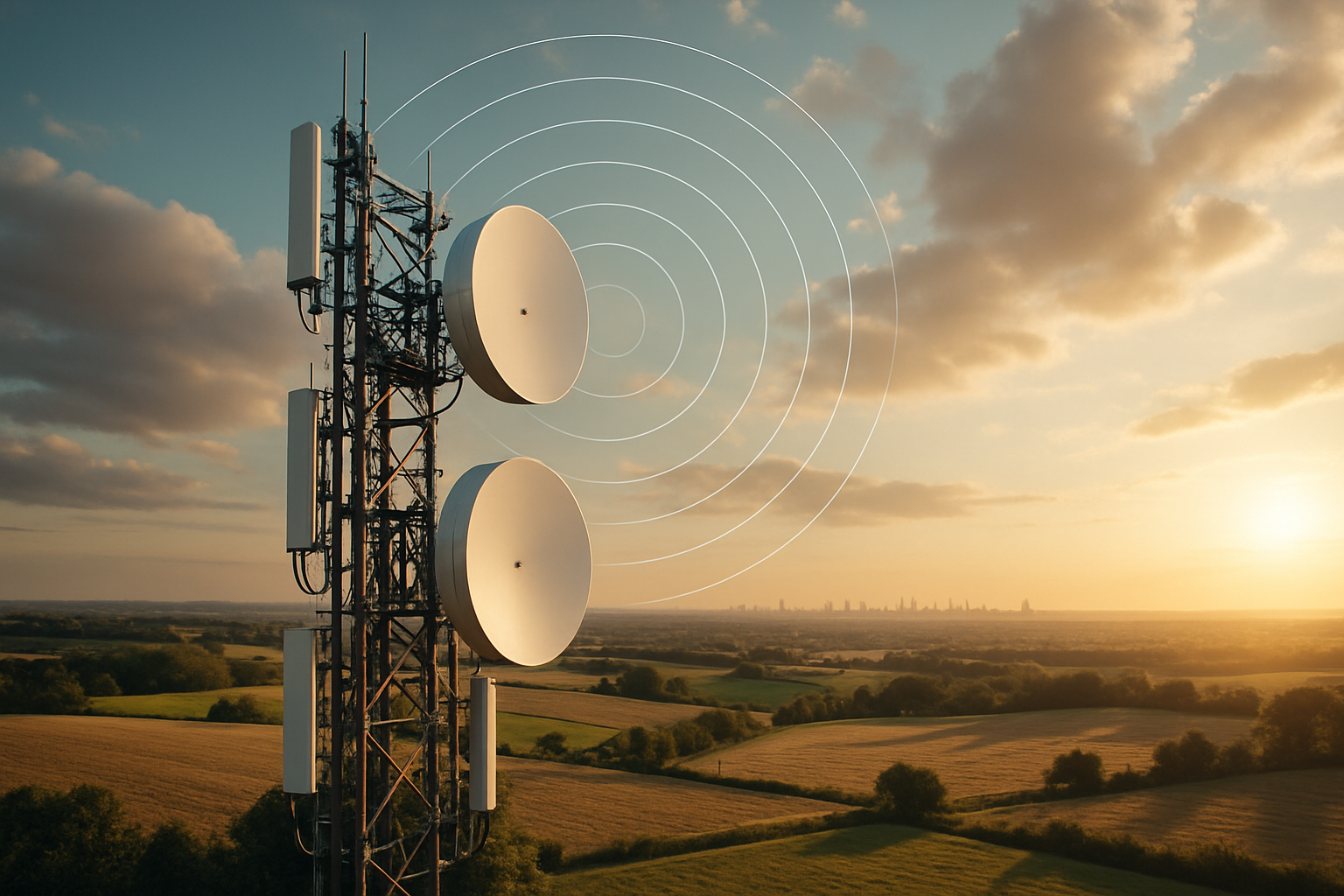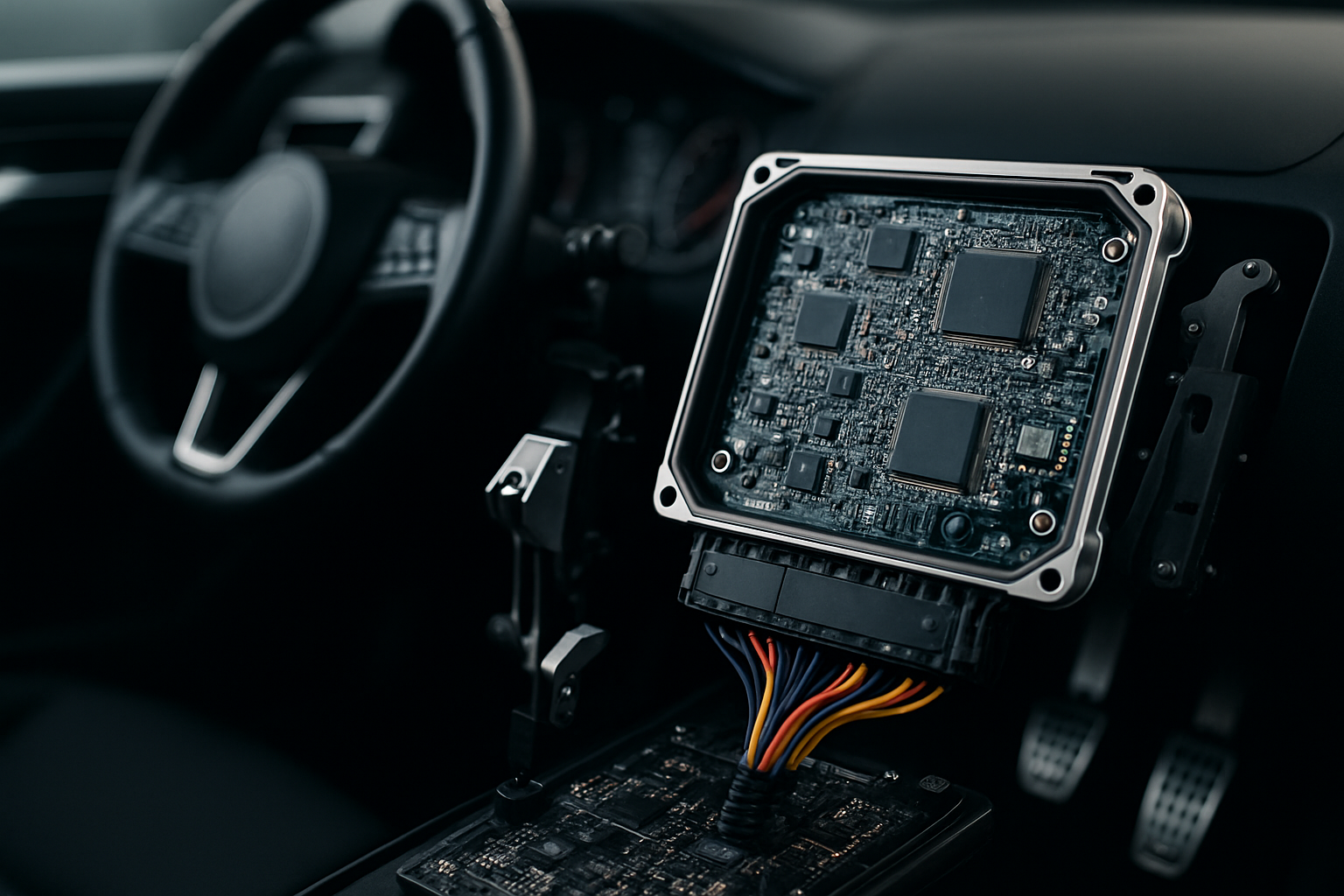The Promising Potential of Radio Access Networks in Modern Telecommunications
In the dynamic world of internet and telecom, nothing remains static. As our connectivity needs grow and evolve, so too does the technology that meets them. One such solution that's recently been gaining traction is the Radio Access Network, or RAN. Offering a promising blend of flexibility, scalability, and cost-effectiveness, RANs may just be the next big thing in our interconnected world.

The concept of a Radio Access Network is not entirely new. In fact, it can be traced back to the earliest days of mobile telephony. Traditionally, a RAN is a part of a mobile telecommunication system that connects individual devices to other parts of a network through radio connections. Over the years, however, the technology has significantly evolved and expanded its capabilities.
Today, thanks to advancements in digital communication and network infrastructure, modern RANs are more powerful and versatile than ever. They are designed to provide seamless connectivity across a wide range of environments, from densely populated urban areas to remote rural regions, making them an increasingly popular choice for telecom service providers.
The appeal of RANs lies not only in their technical capabilities but also in their potential to reshape the industry landscape. With the rise of open RANs, for example, the traditionally closed telecom industry is opening up to a broader range of players. This is driving competition, innovation, and value creation, all while lowering the barriers to entry for smaller companies.
Despite their potential, RANs are not without challenges. One of the most significant is the need for massive infrastructure investments, particularly in the case of open RANs. Another issue is the ongoing debate about standards and interoperability. Yet, these challenges are not insurmountable, and with the right strategies, they can be effectively managed.
In terms of practical applications, the possibilities for RANs are almost limitless. They can be used to enhance mobile broadband services, support IoT applications, and even enable new types of services such as remote healthcare and smart city applications. With their flexibility and scalability, RANs are well-positioned to meet the diverse connectivity needs of the future.
In conclusion, while RANs are not a silver bullet solution for all connectivity challenges, they do offer a promising path forward. With their unique blend of capabilities, they represent an exciting frontier in the ever-evolving world of internet and telecom. As we move forward, it will be fascinating to see how this technology continues to develop and shape our connected future.




